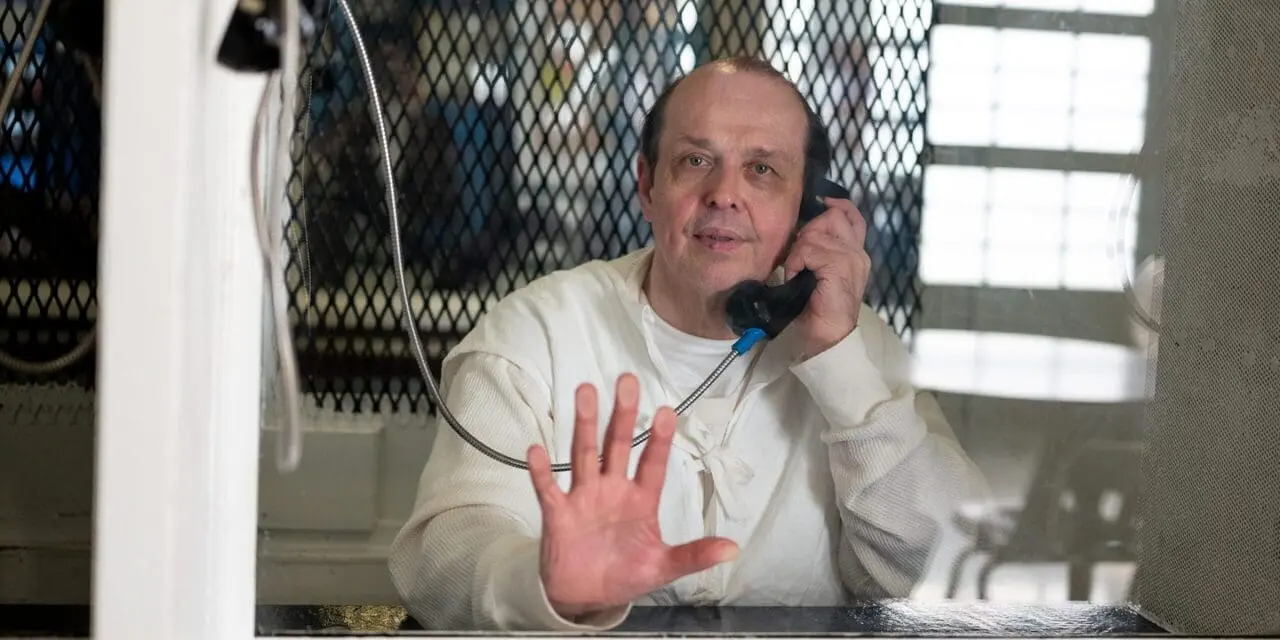
Four Texas House lawmakers issued a point-by-point rebuttal to what they called the attorney general’s misleading characterization of Roberson’s case.![]()
A week after death row inmate Robert Roberson was set to die, the extraordinary quest to save his life has morphed into a deepening political battle between a group of Texas House lawmakers and the state’s leading Republicans as they trade bitter accusations and push conflicting narratives around his guilt — or likely innocence.
Gov. Greg Abbott on Monday condemned the bipartisan Texas House committee that forced a delay of Roberson’s execution, saying it “stepped out of line.”
Attorney General Ken Paxton, in a graphic press release Wednesday, insisted on Roberson’s guilt and accused the committee of pursuing “eleventh-hour, one-sided, extrajudicial stunts that attempt to obscure the facts and rewrite his past.”
Reference
Read the Texas House members’ rebuttal of Attorney General Ken Paxton’s statement.
The group of lawmakers, in return, blasted Paxton for publishing a “misleading and in large part simply untrue” summation of Roberson’s case.
State Rep. Joe Moody, D-El Paso, along with Reps. Jeff Leach, R-Plano, Rhetta Andrews Bowers, D-Rowlett, and Lacey Hull, R-Houston, issued a 16-page, point-by-point rebuttal on Thursday to Paxton’s release, including citations and exhibits shown at trial and since recovered during the appeals process.

The Office of the Attorney General attached the autopsy report of Roberson’s 2-year-old daughter, Nikki Curtis, whom he was convicted of killing, and a statement from the medical examiner who performed it. But Paxton otherwise referred broadly to the trial record and did not acknowledge any of the new evidence presented in Roberson’s appeals.
“There are no new facts in the OAG’s statement, only a collection of exaggerations, misrepresentations and full-on untruths completely divorced from fact and context,” Moody wrote on social media Thursday.
The political fight over Roberson’s execution came as a result of the unusual transfer in venue for debate over his case from the courtroom to the broader public discourse — a shift wrought when the courts shut down all of Roberson’s appeals and lawmakers, convinced of his likely innocence or at least of a failure by the courts, turned to their bully pulpit to intervene.
As part of a rare campaign to stop Roberson’s execution, the Texas Committee on Criminal Jurisprudence held two, daylong hearings featuring a stream of experts and advocates testifying live to his innocence.
“These people believe Robert isn’t guilty,” Moody, Leach, Bowers and Hull wrote in their rebuttal. “These people know Robert didn’t get a fair trial.”
The clash of narratives around Roberson’s guilt or innocence has since played out in the public sphere — the Texas Capitol, social media and dueling press releases — turning every observer into a quasi-juror, judge and potential executioner.
Paxton stepped in shortly after Roberson’s execution was halted to quash plans for Roberson to testify before the House criminal jurisprudence committee in person at the Capitol. His office said Roberson would only testify over video “in the interest of public safety,” to which Roberson’s attorney and the committee objected.
Doug Deason, a GOP megadonor and Abbott ally, called Paxton’s release “completely unhinged from reality,” while former Texas Republican Party Chair Matt Rinaldi described the response to the release from Roberson’s attorney as “gaslighting at its finest.”
Roberson was convicted of capital murder in 2003 for the death of his chronically ill daughter. He has maintained his innocence over two decades on death row while seeking unsuccessfully to use Texas’ 2013 junk science law to argue that the shaken baby syndrome diagnosis at the crux of his conviction is scientifically unsound.
The Texas Supreme Court stopped Roberson’s execution on Oct. 17 after a subpoena issued by the House panel touched off a separation of powers issue between the state’s legislative and executive branches. Roberson still faces the death penalty, but his execution has been delayed pending the resolution of that constitutional conflict.
The argument to carry on with Roberson’s death sentence as pushed by Paxton, the state’s top law enforcement officer, relied on a sometimes misleading and incomplete summation of his trial — itself, Roberson’s advocates say, tainted by a discredited shaken baby diagnosis, incomplete medical records, uncorroborated and prejudicial allegations of sexual abuse, bias against a man with undiagnosed autism, and non-credible testimony about Roberson’s history.
Roberson’s supporters point to reams of new scientific and medical evidence that suggest Nikki died from undiagnosed pneumonia, which suppressed her breathing and was worsened by medications that are no longer prescribed to children, leading to bleeding and swelling in her brain.
The lawmakers in Thursday’s rebuttal refuted Paxton’s claims that Nikki had extensive bruising when Roberson brought her to the hospital, and that she died not only from being violently shaken, but also from “blunt force head injuries” caused by beating.
The autopsy photos, they said, show “almost no outward injuries” — a fact the state acknowledged at trial when asking the medical examiner who conducted the autopsy to explain the “large discrepancy” between “what you see on the outside and what you see on the inside.” The lack of external injuries, in fact, is what led a doctor to diagnose shaken baby syndrome, the lawmakers wrote.
In response to Paxton’s claim that Roberson had a history of violence and domestic abuse, the lawmakers argued that the witnesses who gave that testimony at trial had serious credibility issues and provided no corroborating evidence.
They also condemned Paxton’s reference to another inmate’s claim that Roberson had admitted to molesting his daughter — a report so dubious that even the prosecution did not include it in its case.
“By including this information, the OAG has repeated a lie with, at best, a complete indifference to the truth,” the lawmakers wrote. “The ‘jailhouse snitch’ here wove a tale so outrageously contrary to the evidence that prosecutors didn’t use it at trial.”
And they highlighted the “mountain of evidence and changed science that’s accumulated since Robert’s trial — the same changed science that caused the Court of Criminal Appeals” to overturn another shaken baby conviction out of Dallas County this month.
Roberson’s attorneys issued their own 27-page rebuttal Thursday in response to Paxton’s release.
We know that the laws our Legislature created to correct those problems haven’t worked as intended for Robert and people like him,” the lawmakers wrote.” That’s why we’re here and why we won’t quit.”
This article in this post was originally published on the Texas Tribune website and parts of it are republished here, with permission under a Creative Commons license.








